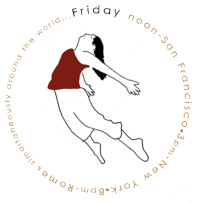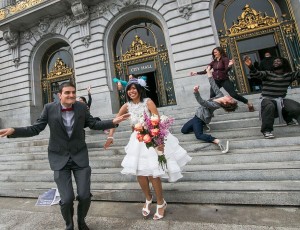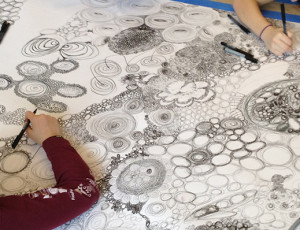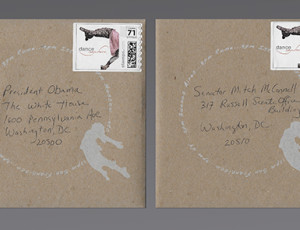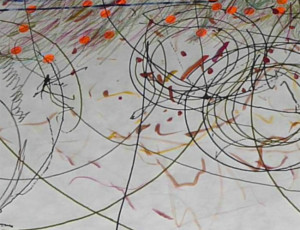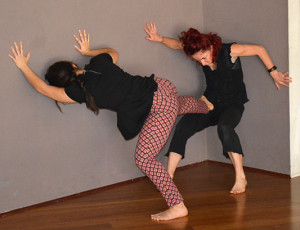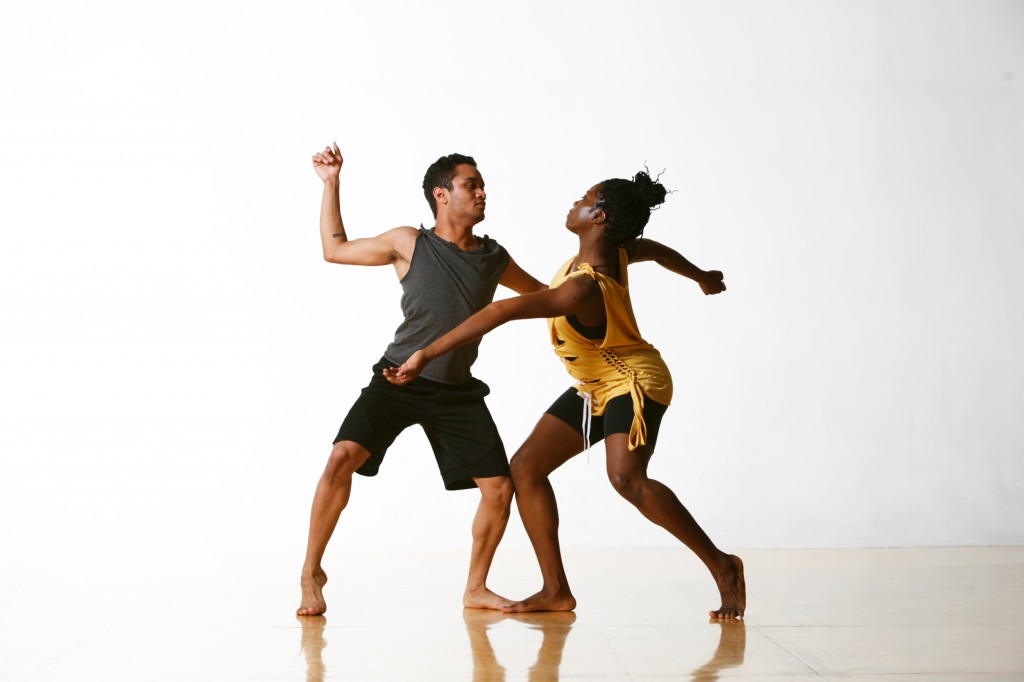 dancers: Kyle Limin and Olutola Afolayan photo: Matt Haber
dancers: Kyle Limin and Olutola Afolayan photo: Matt Haber
Raissa Simpson’s recent performance, “Dances for Trayvon” was not only riveting and emotional, but also extremely thought-provoking. Simpson, a Bay Area dancer and choreographer and the founder of Push Dance Company, performed “Dances for Trayvon” at the Oakland Museum of California as part of dance anywhere® 2012. This performance incited deep discussions concerning race, art, politics, and of course the tragic killing of Trayvon Martin. The soundtrack for this performance was made up of a collage of audio samples from news programs discussing Trayvon Martin and his death. With this backdrop, Simpson performed a partially-improvised dance that incorporated the audience, the outdoor space of the museum, and the objects in that space. Simpson’s work holds a mirror up to society and asks the audience to relate their lives to others in distant places or time. With her company, Push Dance Company, Simpson will be performing a new piece, “Bitter Melon,” later this month at the Dewey Monument in San Francisco’s Union Square. With this performance, Simpson will inspire the audience to learn more about two historic tragedies: the Great Mississippi Flood in 1927, and the Philippine-American War.
Your dance anywhere performance at the Oakland Museum of California was extremely moving. Tell me about this performance and your process for creating it.
It’s hard to imagine today’s art not responding to the news, entertainment, and environment. “Dances for Trayvon” came about from a personal mindset. “How can we judge a book by its cover” type stuff. Most of my work comes from a sociological perception of how people relate to each other based on outward appearance.
The audio track for “Dances for Trayvon” was so interesting and stirring. How do you see music and sound in relation to dance?
It takes movement to make a sound. And, it was incredible to find all these interviews with different personalities trying to make sense of the matter. My process rarely involves counting music, which can throw dancers off who are use to counting 8 count phrases on music. It is more about organically shaping sound into a timing mechanism for when an event will take place in the movement.
This performance included some audience participation. Why did you want to include the audience?
In this case, it just seemed right to pull audience members into the piece. I love this type of experimentation where human relationships are depicted on stage. I did it because it was the right thing to do.
What is your philosophy behind Push Dance Company?
Push was created with the purest intention to evolve the idiom of dance. My philosophy is that you do not have to sound a blow horn to get your point across. I think I set out to prove that an introvert as myself can make a positive impact on this world. Instead of creating literal depictions of people, places, or things, I use abstraction to explore real themes that effect and surround us all.
How do you work with your dancers?
Push dancers are amazing people with a lot of character. As I grow as a choreographer, I like getting to know them as people. The most important thing I stress to my dancers is that we are supposed to be having fun. If the creative process is not fun- I joke and say, “Well, let’s go back to our desk jobs!”
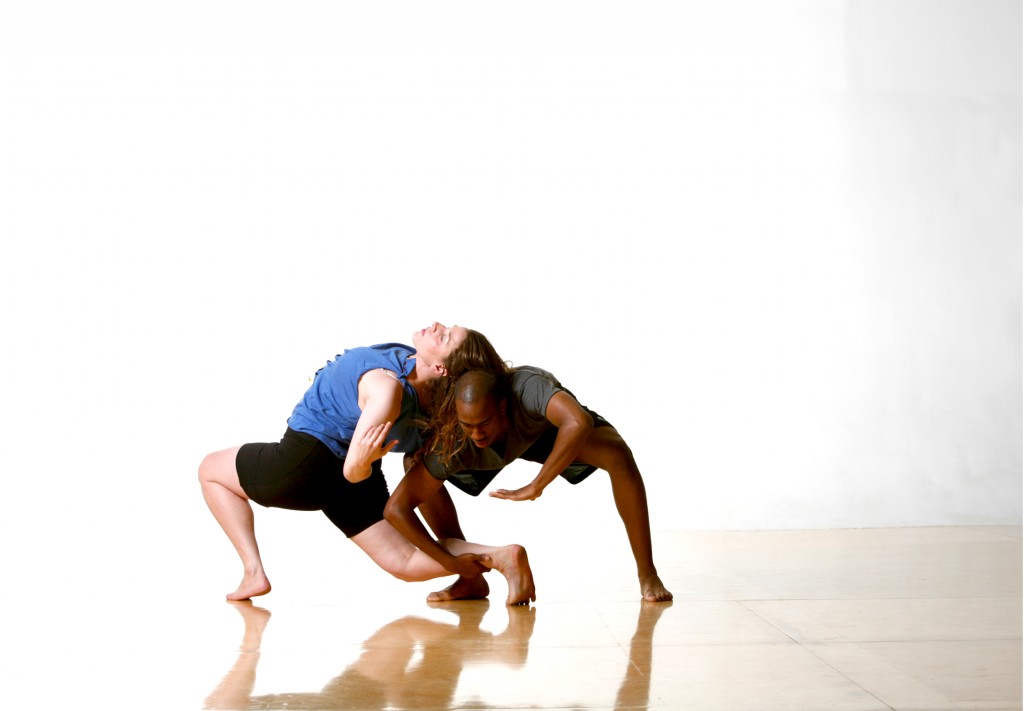 dancers: Breton Tyner-Bryan and Matthew Wickett photo: Matt Haber
dancers: Breton Tyner-Bryan and Matthew Wickett photo: Matt Haber
Tell me about your upcoming performance, “Bitter Melon.” What was the inspiration for this performance?
Union Square Live is presenting Bitter Melon which is a 3D multimedia collaboration with video artist Ben Wood. I commissioned Ben to project a large-scale video onto the 97-foot Dewey Monument in Union Square SF. My inspiration draws from personal stories and family history. Bitter melons are watery vegetables and culturally a funny title for a piece in my opinion.
However, I am struck by the way in which water – a natural resource for human life – had galvanized my family to migrate in order to escape flood and torture.
I draw on stories from my Filipino and African American heritage to inspire this work. In particular, my grandparents were part of the Great Mississippi Flood of 1927, which I speculate triggered the Great Migration of African Americans from the South to other parts of the United States in a way that foreshadowed the later migration of African Americans from the South to San Francisco during World War II. I also draw upon family experiences during the Philippine-American War. During that conflict, American military personnel subjected Filipino prisoners to a form of torture called the “water cure.”
Why did you organize “Bitter Melon” as a free public performance?
To be honest, Push Dance Company has been pushed out of our normal theatrical setting due to the soaring cost of theater rent. I made a conscious effort to make sure my dance artists are paid for their work. But, once the opportunity arose to perform next to a monument that was resurrected to commemorate a small part of Filipino history and the Navy Shipyard, I took it. Art should be accessible to those who want to see it or learn from it.
There seems to be themes of historical and current events running through your work. Why do you think these events inspire your work?
This is a piece about what happens to people when they are subjected to violence, tragedy, forced labor, natural disaster. What does that do to people? These events happen on a universal level today and within our own country. I told my dancers they’re not necessarily portraying anyone in historical times. I don’t rely on the dancers to tell the story. I’m dealing with the emotionality. I asked my dancers – what was the first time that you had to leave home, the first time you migrated? How did you end up in San Francisco? What compelled you to stay? It’s important to realize that people back then came to San Francisco for some of the same reasons that you and I did.
Push Dance Company’s performance of “Bitter Melon” can be seen at the Dewey Monument in San Francisco’s Union Square from May 25-28, 2012 at 8pm. This performance is taking place as a part of Union Square Live. You can download the calendar for Union Square Live at www.unionsquarelive.org.
To view “Dances for Trayvon” in its entirety, visit vimeo.com/40300480.
For more information about Raissa Simpson & Push Dance Company, visit pushdance.org
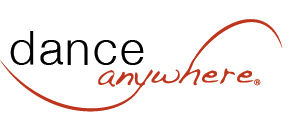
 Sign In
Sign In